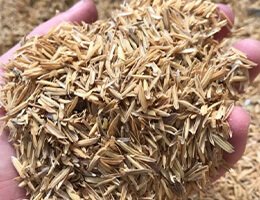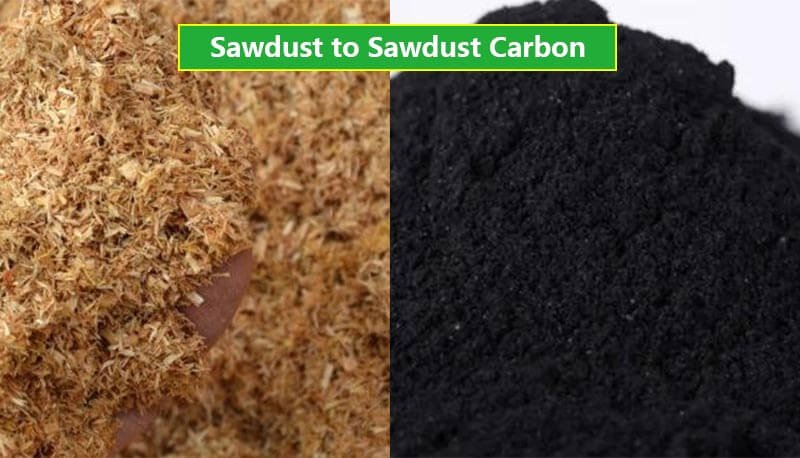Introduction to Biochar
What is Biochar?
Biochar is a form of charcoal that is used primarily as a soil amendment. It is produced through the thermal decomposition of organic materials under limited oxygen conditions. The result is a stable, carbon-rich material that can improve soil health, increase crop yields, and store carbon for long periods.
Understanding Pyrolysis
Definition of Pyrolysis
Pyrolysis is a thermochemical process in which organic materials are heated in the absence of oxygen. Unlike combustion or gasification, pyrolysis prevents the materials from burning, leading to their decomposition into three main products: biochar, bio-oil, and syngas.
Types of Pyrolysis Processes
Slow Pyrolysis
This method operates at lower temperatures and longer residence times, maximizing biochar production. It is commonly used for applications focused on soil amendment.
Fast Pyrolysis
Fast pyrolysis involves high temperatures and short reaction times, prioritizing bio-oil production. However, it still produces some biochar as a byproduct.
Flash Pyrolysis
Flash pyrolysis is even quicker than fast pyrolysis, operating at extreme temperatures for seconds. It is used when immediate production of bio-oil and syngas is required.
How Pyrolysis Produces Biochar
The Science Behind the Process
When biomass is subjected to high temperatures in a controlled environment with minimal oxygen, the organic components break down. This leads to the formation of solid biochar, liquid bio-oil, and gaseous syngas, with biochar being the primary output in slow pyrolysis.
Feedstocks for Biochar Production
Agricultural Waste
Corn husks, rice husks, and other crop residues are ideal feedstocks.
Forestry Residues
Sawdust, wood chips, and bark are commonly used materials.
Urban Biomass Waste
Yard waste, food scraps, and other urban organic waste streams are also suitable.
Benefits of Biochar Production via Pyrolysis
Environmental Benefits
Reduces greenhouse gas emissions by sequestering carbon.
Decreases methane production in landfills by diverting organic waste.
Economic Advantages
Creates value from agricultural and urban waste streams.
Generates bio-oil and syngas as byproducts, which can be used for energy.
Applications of Biochar
Soil Improvement
Biochar enhances soil fertility by improving water retention, nutrient availability, and microbial activity.
Carbon Sequestration
Biochar locks away carbon for hundreds or even thousands of years, helping combat climate change.
Water Filtration
Its porous structure makes it an excellent material for filtering contaminants in water.
Conclusion
Yes, biochar can be effectively produced by pyrolysis. This method not only creates a valuable product but also supports environmental and economic sustainability. With ongoing technological advancements, biochar production through pyrolysis holds great promise for addressing global challenges such as soil degradation and climate change.
FAQs
What are the primary uses of biochar?
Biochar is mainly used for soil improvement, carbon sequestration, and water filtration.
Can biochar replace traditional fertilizers?
While biochar enhances soil health, it complements rather than replaces traditional fertilizers.
Is pyrolysis the only way to produce biochar?
No, other methods like gasification and combustion can also produce biochar, though pyrolysis is the most efficient for this purpose.
How long does biochar last in the soil?
Biochar remains stable in the soil for hundreds to thousands of years, depending on environmental conditions.
What are the key environmental benefits of biochar?
It reduces carbon emissions, enhances soil health, and diverts organic waste from landfills.









